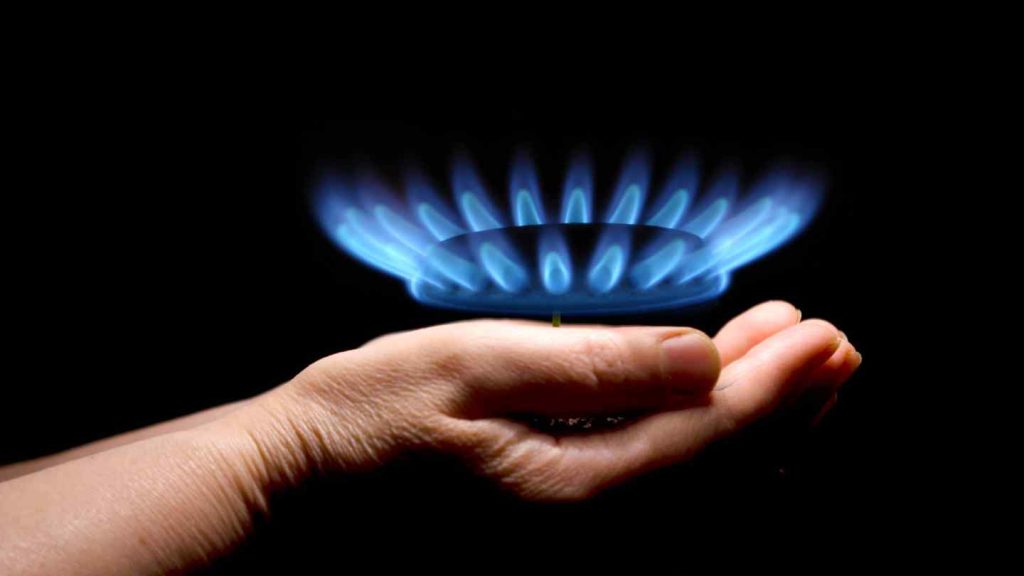Gas ovens are a popular choice among home cooks and professional chefs alike because of their ability to provide precise and even heat distribution. However, there may be times when your gas oven is not reaching the desired temperature, causing frustration and delays in meal preparation.
In this Home Centrale’s comprehensive guide, we will explore the possible reasons why your gas oven is not getting hot enough and provide practical troubleshooting tips to help you rectify the issue.
Whether you own a freestanding gas range, a wall oven, or a commercial-grade oven, this article will address common problems that can affect all types of gas ovens.
Understanding The Gas Oven Preheating Process
Before we delve into troubleshooting, it’s essential to understand the preheating process of a gas oven. Preheating ensures that the oven reaches the desired temperature before placing your food inside, allowing for more accurate cooking times and optimal results.
First, you need to turn on your gas oven, then use the temperature knob to set the temperature of your oven to its desired temperature – this will depend on what you intend to cook or your recipe. Most modern gas ovens come with a timer and to help you set your preferred time of cooking.
The time it takes for a gas oven to preheat can vary depending on several factors, including the oven’s make and model, whether it is a conventional or convection oven, and the temperature at which you desire to preheat. Generally, gas ovens take around 15-20 minutes to preheat to 350°F (175°C).
Troubleshooting Tips for a Gas Oven Not Getting Hot Enough
We have compiled a list of reasons why your gas oven is not getting hot enough. This compilation aims to provide a thorough understanding of the various factors that could contribute to the issue at hand.
1. Incorrect Temperature Setting

One of the simplest and most common reasons why your gas oven not getting hot enough is an incorrect temperature setting. Double-check that you are setting the oven to the correct temperature and that the temperature selection matches your recipe requirements.
It’s also worth noting that different gas ovens may have slight temperature variations, so it may be necessary to adjust your cooking times accordingly.
2. Gas Supply Issues
A gas oven requires a steady and consistent supply of gas to function properly. If you notice that your gas oven is not getting hot enough, it may be a sign of a gas supply issue, or possibly your gas needs refilling. Check if the gas valve is fully open and ensure that the gas line is not kinked or obstructed.
You should also check the level of your gas as an empty gas tank can also be the issue. If you suspect a gas supply problem, contact a professional technician to inspect and rectify the issue.
3. Igniter Malfunction
The igniter is responsible for initiating the gas flow and igniting the burner in your gas oven. If the igniter is faulty or worn out, it may not generate enough heat to kickstart the burner, resulting in a gas oven that fails to get hot enough. Double-check to see if the igniter has any visible signs of damage or wear, such as cracks or discoloration. If you suspect an igniter issue, replacing it with a new one to restore proper functionality is best.
4. Burner and Flame Issues

Another possible cause for a gas oven not reaching the desired temperature is burner and flame issues. Over time, burners can become clogged with food debris or residue, affecting the gas flow and heat distribution. Additionally, a weak or uneven flame can lead to inadequate heating. Clean the burners thoroughly using a soft brush or compressed air to remove any buildup. If the flame appears weak, yellow, or uneven, it may be necessary to adjust the burner’s air shutter or seek professional assistance.
5. Faulty Oven Calibration
Oven calibration refers to adjusting the temperature settings to ensure accurate heat distribution. If you find that your gas oven consistently fails to reach the desired temperature, it may require calibration. Refer to your oven’s user manual for specific instructions on calibrating the oven temperature.
Essentially, calibration involves adjusting the oven’s internal temperature sensor or thermostat to match the actual temperature inside the oven. For some, this may be a little bit technical. If this is the case for you, you should get an oven technician to have a look.
6. Insufficient Insulation
Gas ovens rely on proper insulation to retain heat and reach desired temperatures. If your oven is poorly insulated or has damaged insulation, it can lead to heat loss and an oven that struggles to get hot enough. Inspect the oven’s insulation for any visible signs of damage, such as cracks or gaps. If insulation issues are detected, it is advisable to contact a professional technician to assess and repair or replace the insulation as required.
7. Faulty Oven Door Seal

A faulty or worn-out oven door seal can also contribute to a gas oven not getting hot enough. An ineffective door seal allows heat to escape, preventing the oven from reaching and maintaining the desired temperature. You should check the door seal for any visible signs of damage or wear, such as cracks or looseness. If the seal appears compromised, it is recommended to replace it with a new one to ensure proper heat retention.
8. Obstructed Air Vents
Gas ovens are equipped with air vents to facilitate airflow and heat distribution throughout the oven cavity. If these air vents become blocked or obstructed, it can impede the oven’s ability to reach the desired temperature.
Regularly inspect and clean the air vents to remove any accumulated debris or food particles. Ensure that the vents remain unobstructed during oven use to optimize heat circulation.
9. Oven Maintenance and Cleaning

Regular maintenance and cleaning of your gas oven can also impact its performance. Accumulated grease, food spills, and residue can hinder proper heat distribution and prevent the oven from getting hot enough.
Clean the oven interior, including the racks, using mild soap, warm water, and a non-abrasive sponge. Avoid using harsh chemicals or abrasive scrubbers that can damage the oven’s surfaces. Regular cleaning will help maintain optimal oven performance and prevent potential issues.
Professional Assistance On Faulty Gas Ovens
If you have tried the troubleshooting tips mentioned above and your gas oven continues to have difficulty reaching the desired temperature, it may be time to seek professional assistance.
Certified oven technicians have the expertise and specialized tools to diagnose and resolve complex oven issues. Contact the manufacturer’s customer support or consult a local appliance repair service near you to schedule a professional inspection and repair.
Conclusion
A gas oven that fails to get hot enough can be a frustrating experience for any cook. By understanding the preheating process and implementing the troubleshooting tips provided in this guide, you can identify and rectify common issues that may affect your gas oven’s heating performance.
Remember to always prioritize safety when troubleshooting gas appliances and consult professional technicians when in doubt. With proper maintenance and care, your gas oven will once again provide the reliable and efficient heat necessary for delicious culinary creations.






